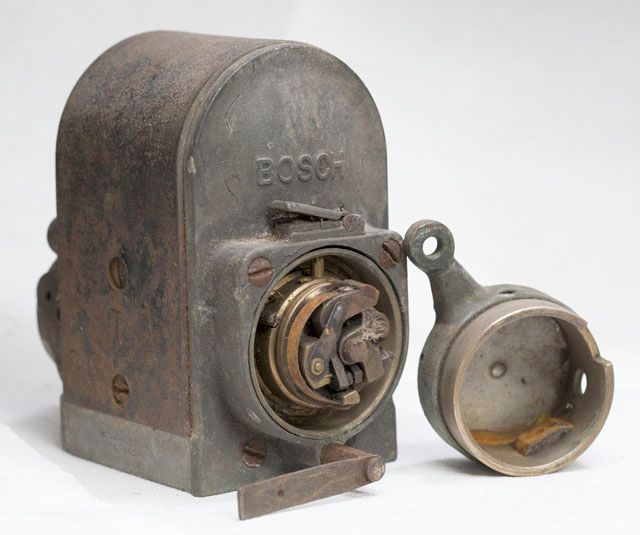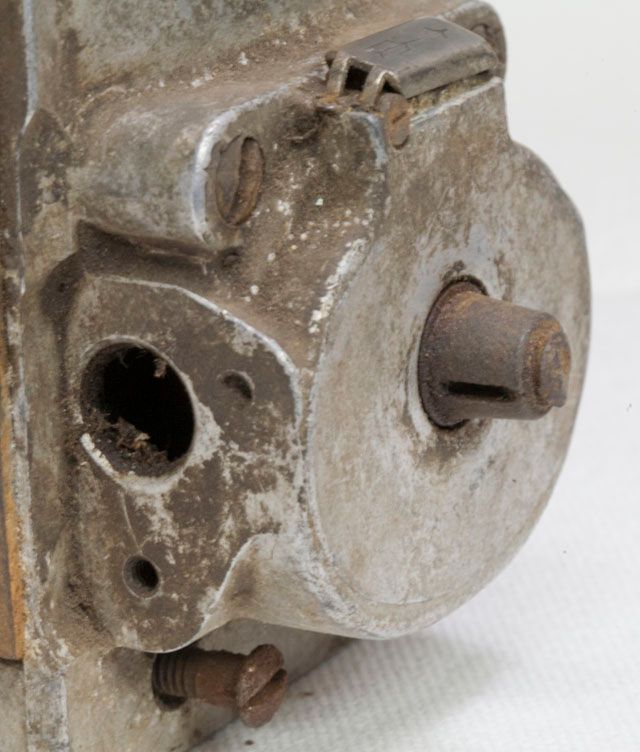While waiting for results of my capacitor tests, if you go to the following link you will find a new post I just uploaded diagnosing in detail the cause of the failure of an aftermarket slip ring:
http://www.britbike.com/forums/ubbth...338#Post507338
As I write there, although the results of that dissection and analysis apply only to that one specific slip ring, the implications for users of aftermarket electrical components are much broader. With most mechanical components on a motorcycle it's clear whether or not an aftermarket product works. Either the holes line up properly (or the bolt has the right pitch, or the fuel tank fits, or...), or they don't. There can be exceptions, like a badly heat-treated camshaft, but largely the average mechanic can tell when they install an aftermarket product whether it has the quality they expected.
Aftermarket electrical products are a different story, since they require specialized instruments to know whether claims about them are valid or not. This can be seen in the above post about slip rings. Without a particular highly specialized General Radio Megohm Bridge that measures to 1000 TOhm (a thousand, million, million ohms) I couldn't have made some of the measurements I made that were necessary to determine the cause of failure of that slip ring. As I say at the end of that post, the failure mode of this slip ring now has me investigating other ways for stress-testing slip rings that could be used by people who don't have the necessary specialized electrical test instruments.
http://www.britbike.com/forums/ubbth...338#Post507338
As I write there, although the results of that dissection and analysis apply only to that one specific slip ring, the implications for users of aftermarket electrical components are much broader. With most mechanical components on a motorcycle it's clear whether or not an aftermarket product works. Either the holes line up properly (or the bolt has the right pitch, or the fuel tank fits, or...), or they don't. There can be exceptions, like a badly heat-treated camshaft, but largely the average mechanic can tell when they install an aftermarket product whether it has the quality they expected.
Aftermarket electrical products are a different story, since they require specialized instruments to know whether claims about them are valid or not. This can be seen in the above post about slip rings. Without a particular highly specialized General Radio Megohm Bridge that measures to 1000 TOhm (a thousand, million, million ohms) I couldn't have made some of the measurements I made that were necessary to determine the cause of failure of that slip ring. As I say at the end of that post, the failure mode of this slip ring now has me investigating other ways for stress-testing slip rings that could be used by people who don't have the necessary specialized electrical test instruments.



Comment